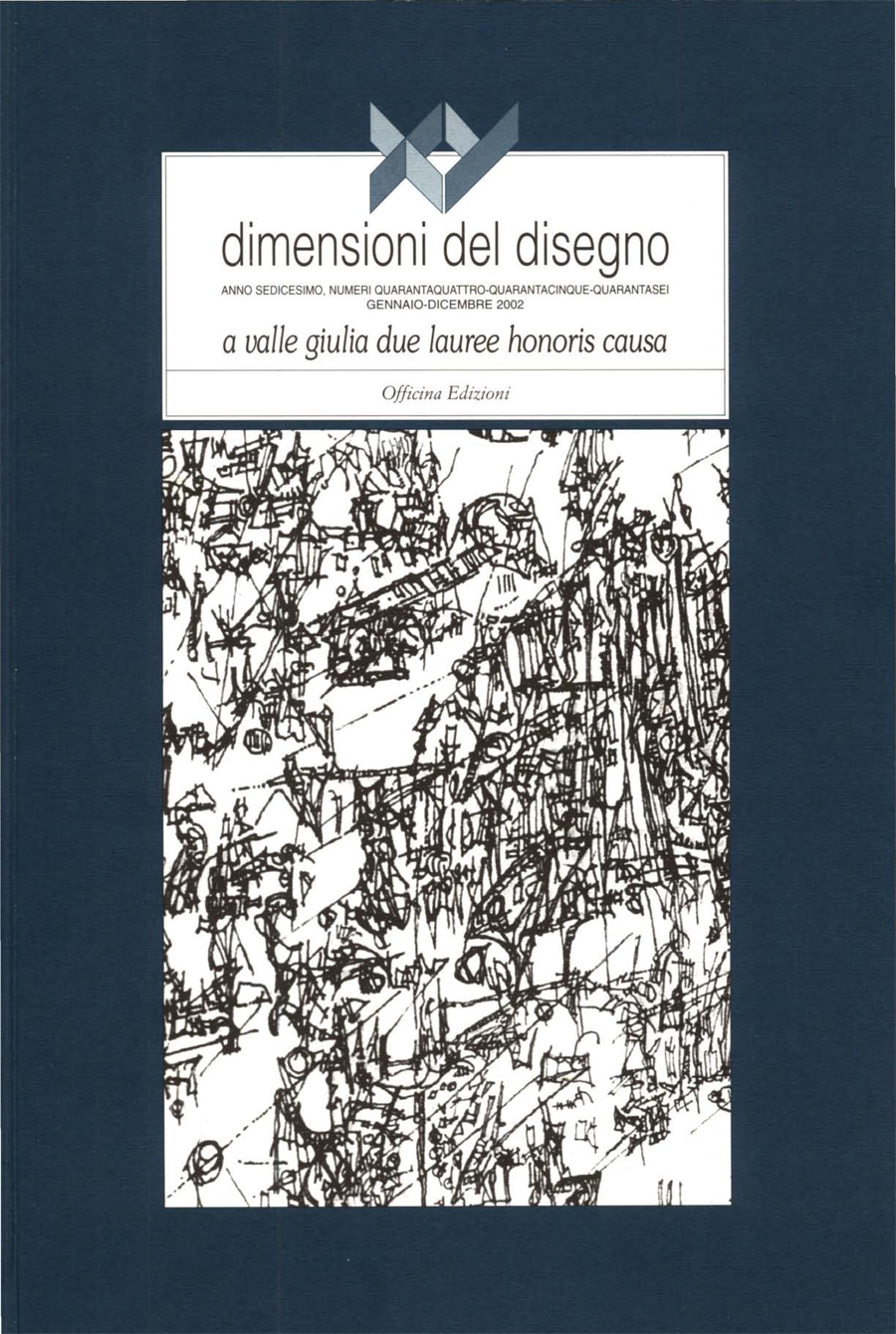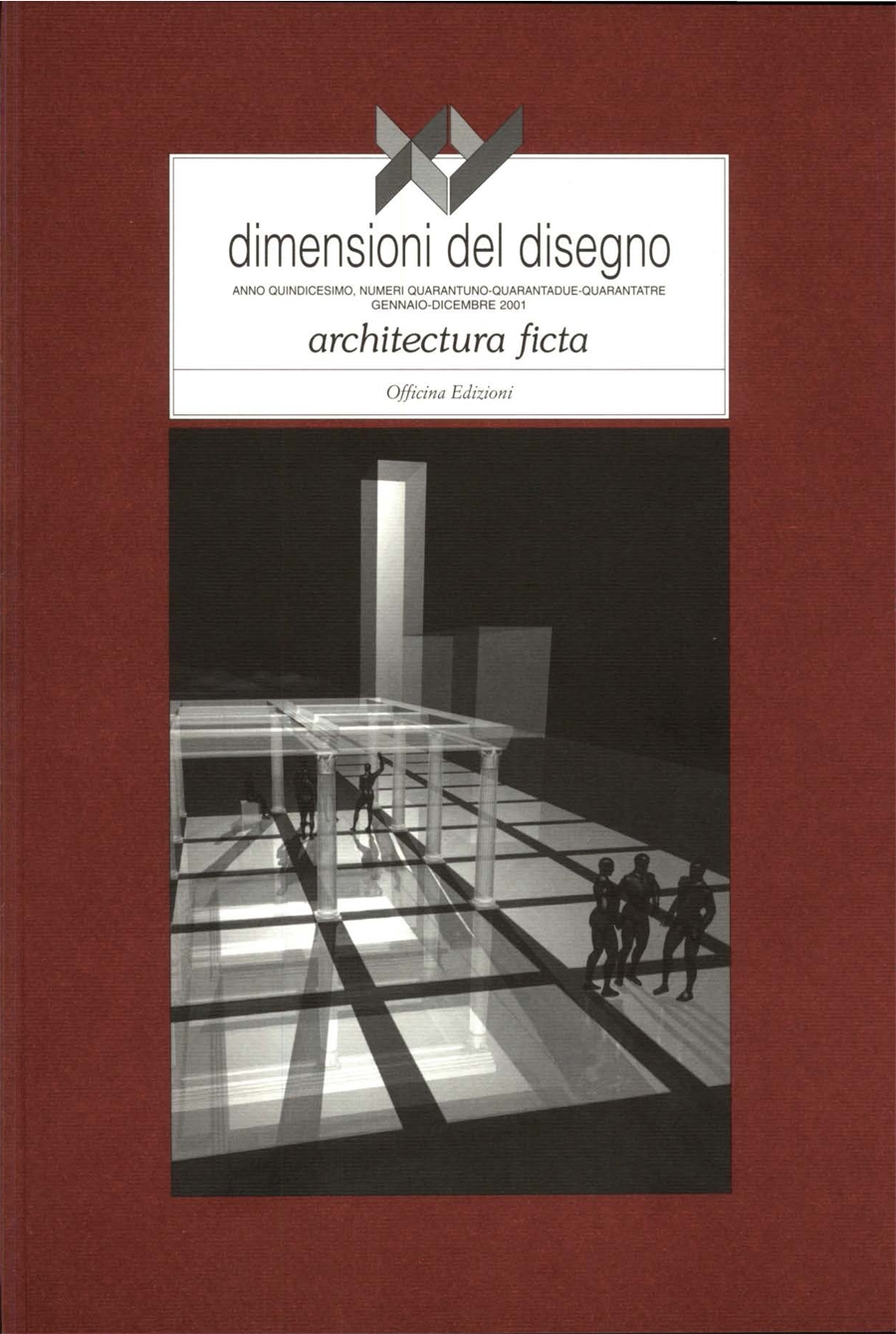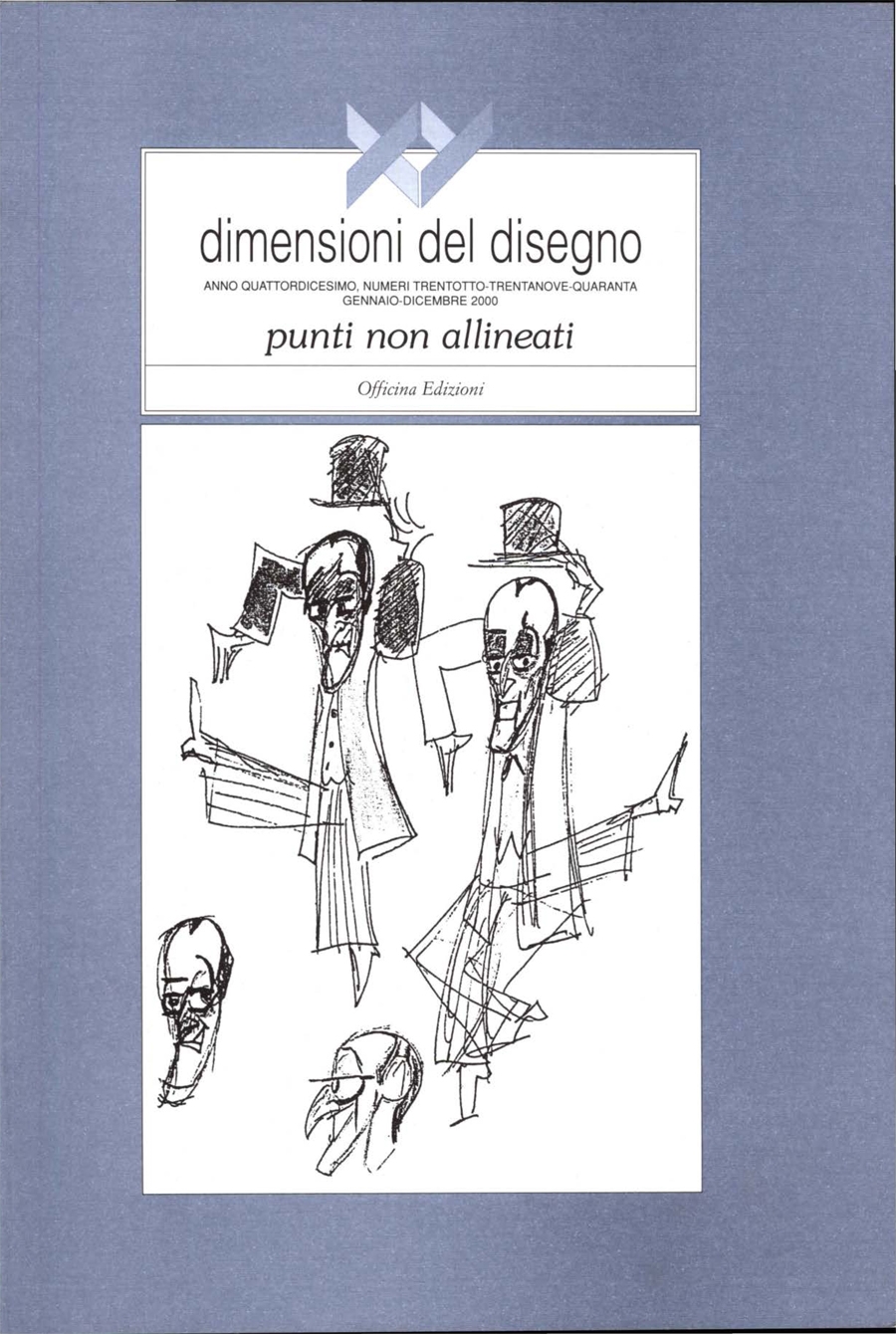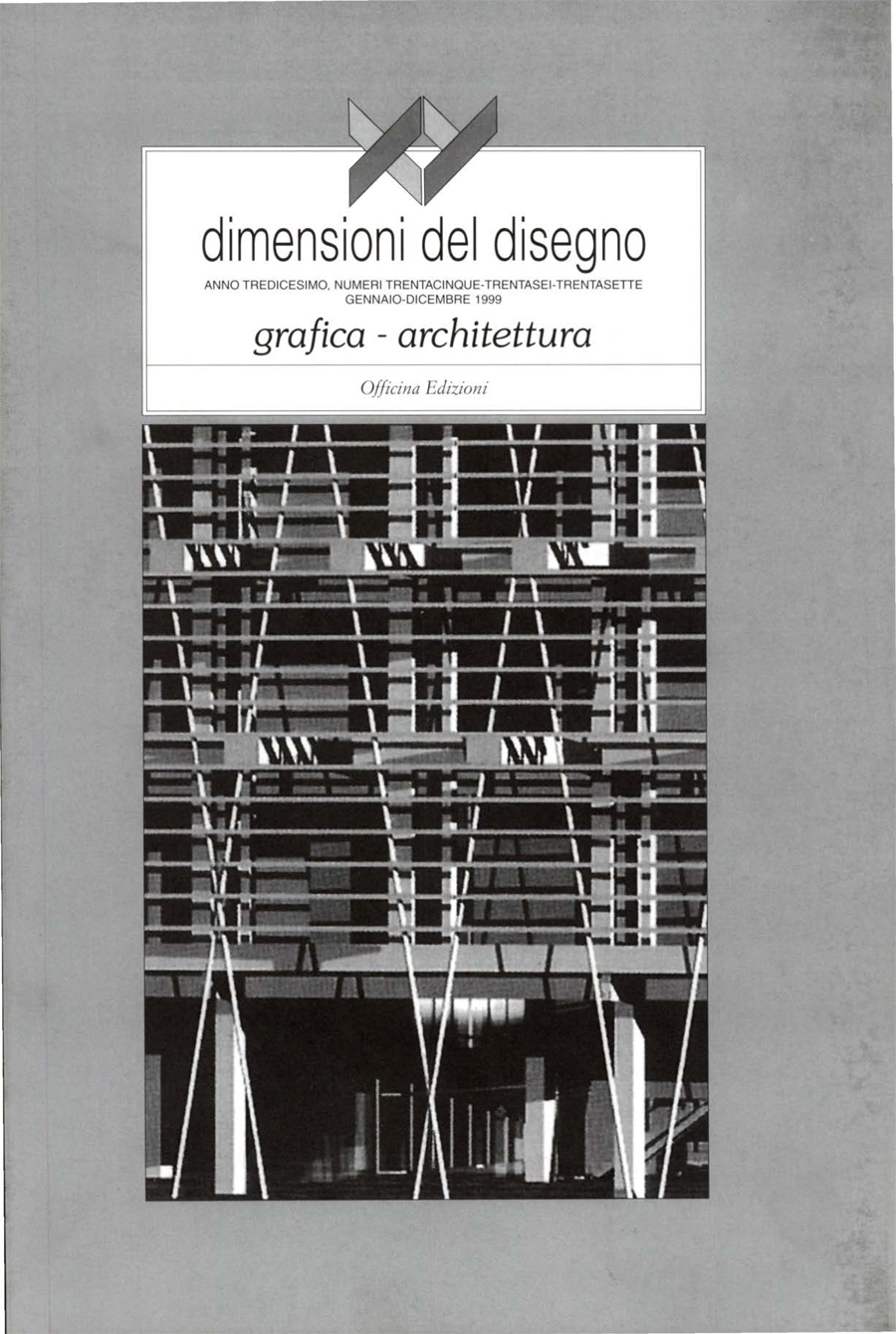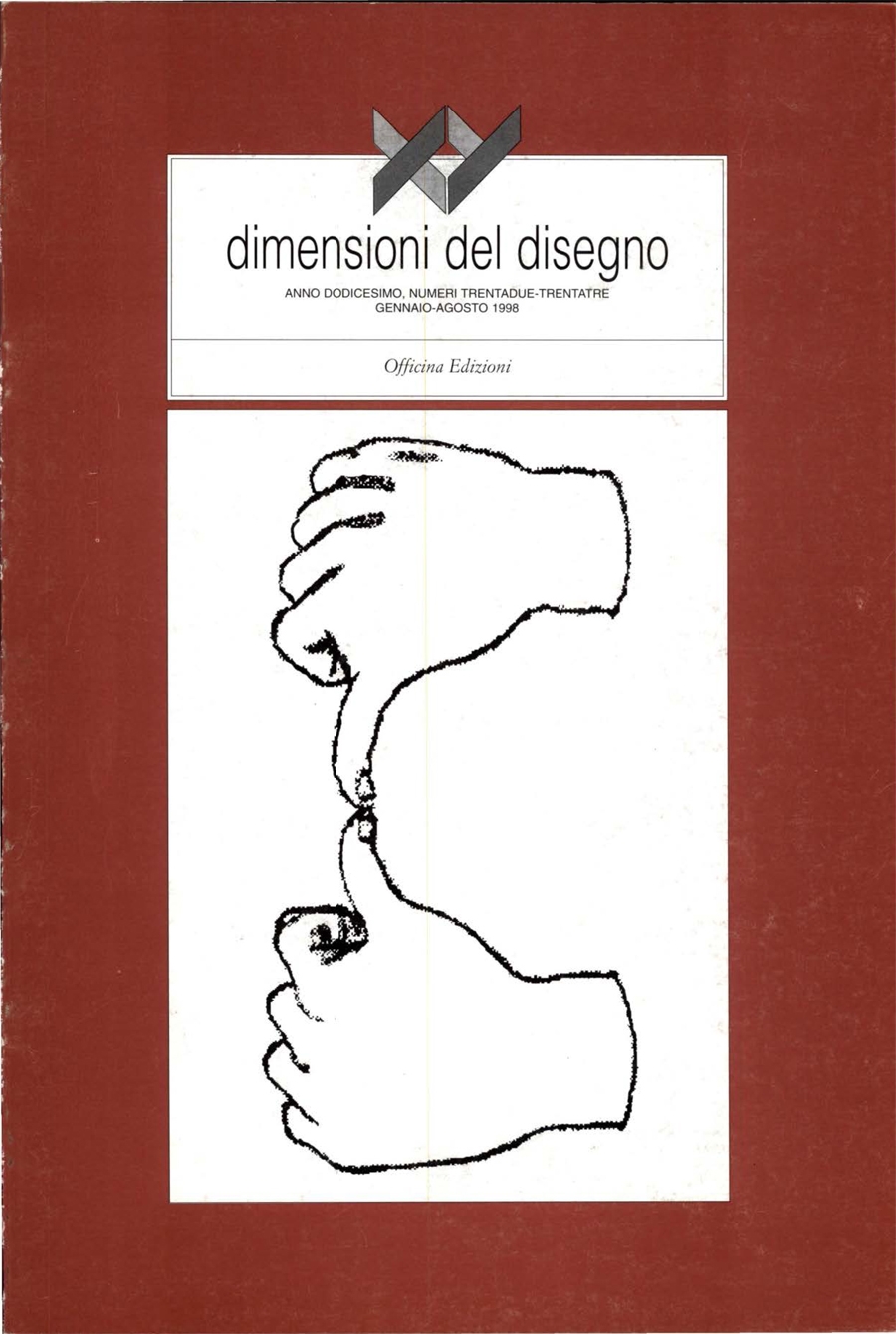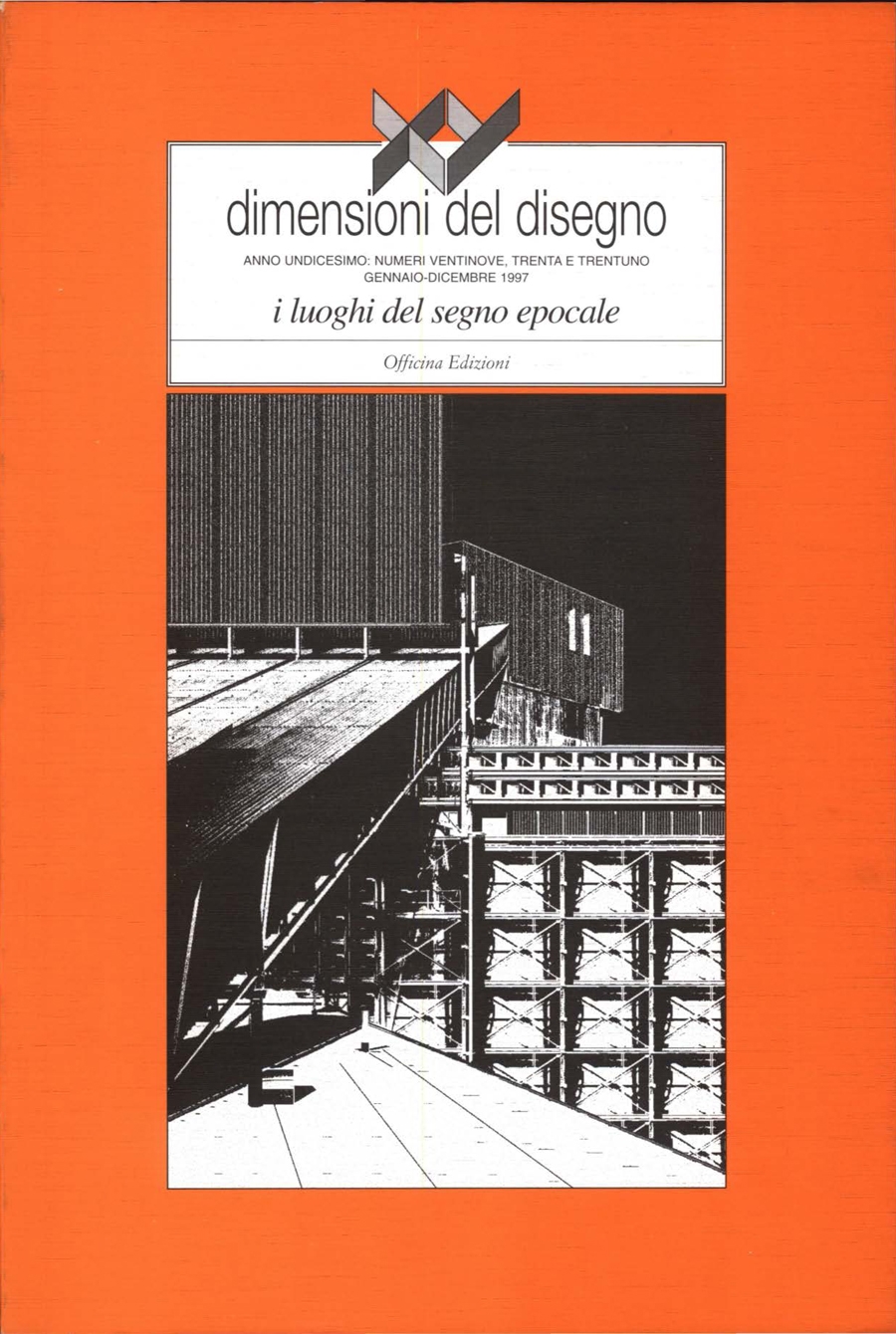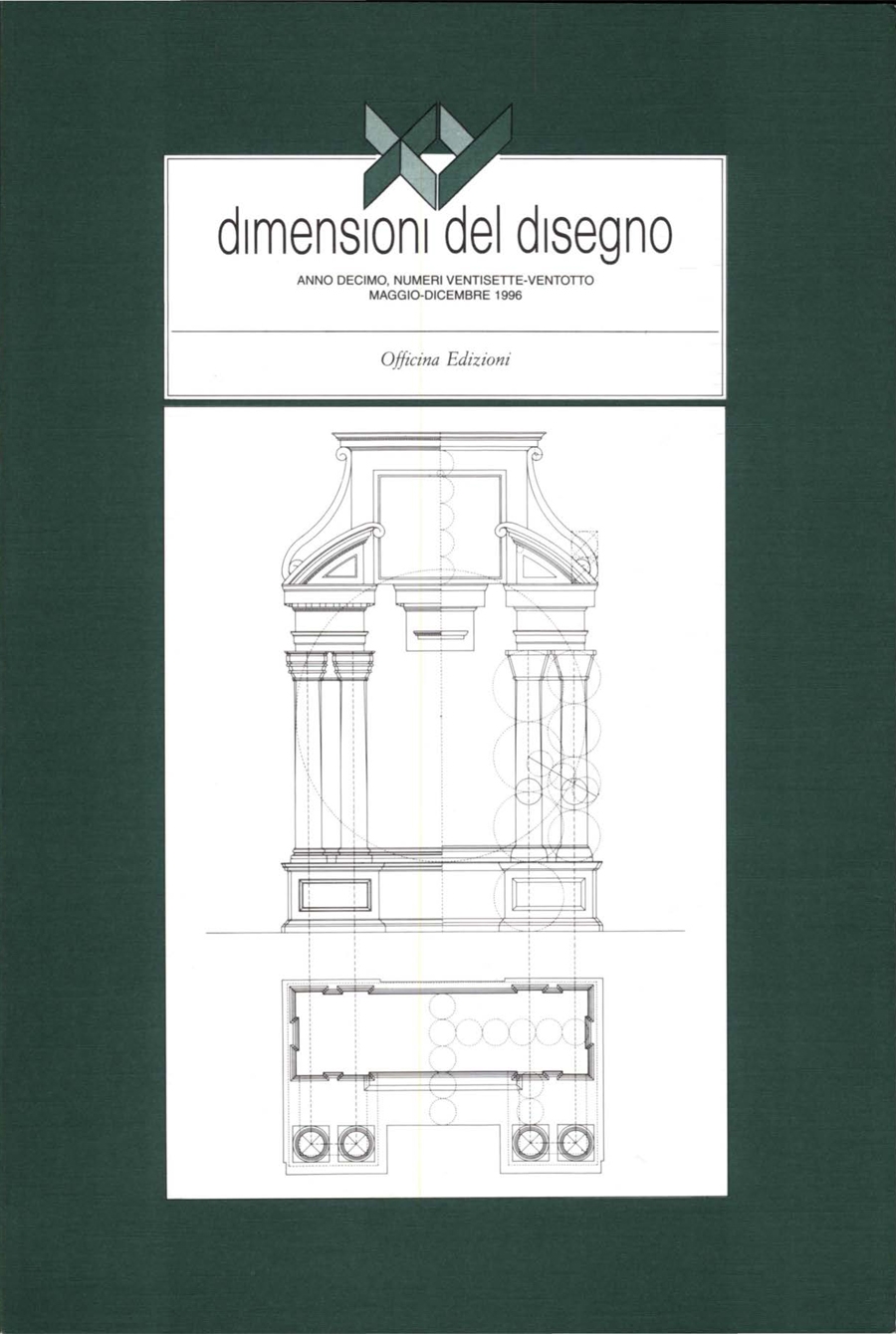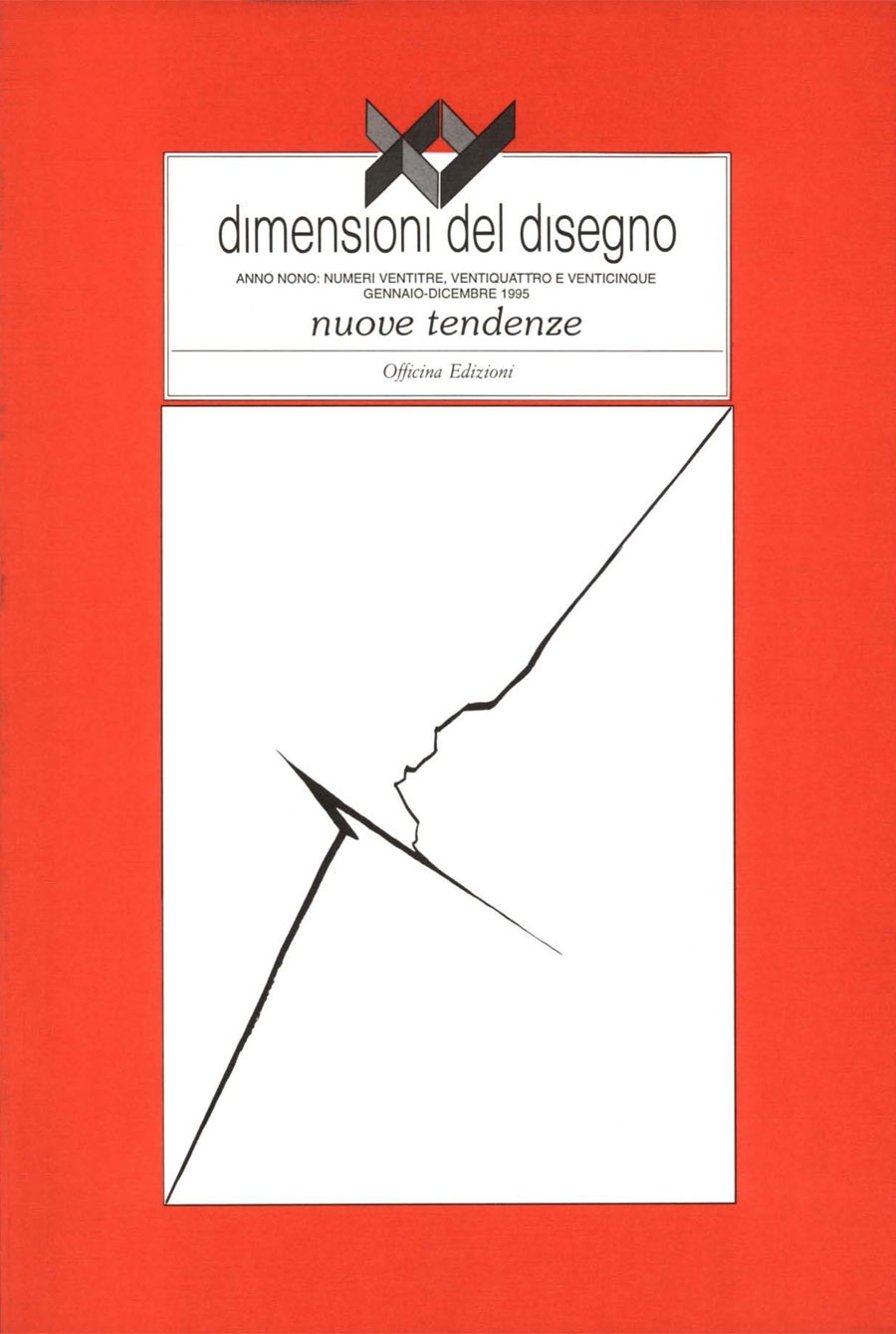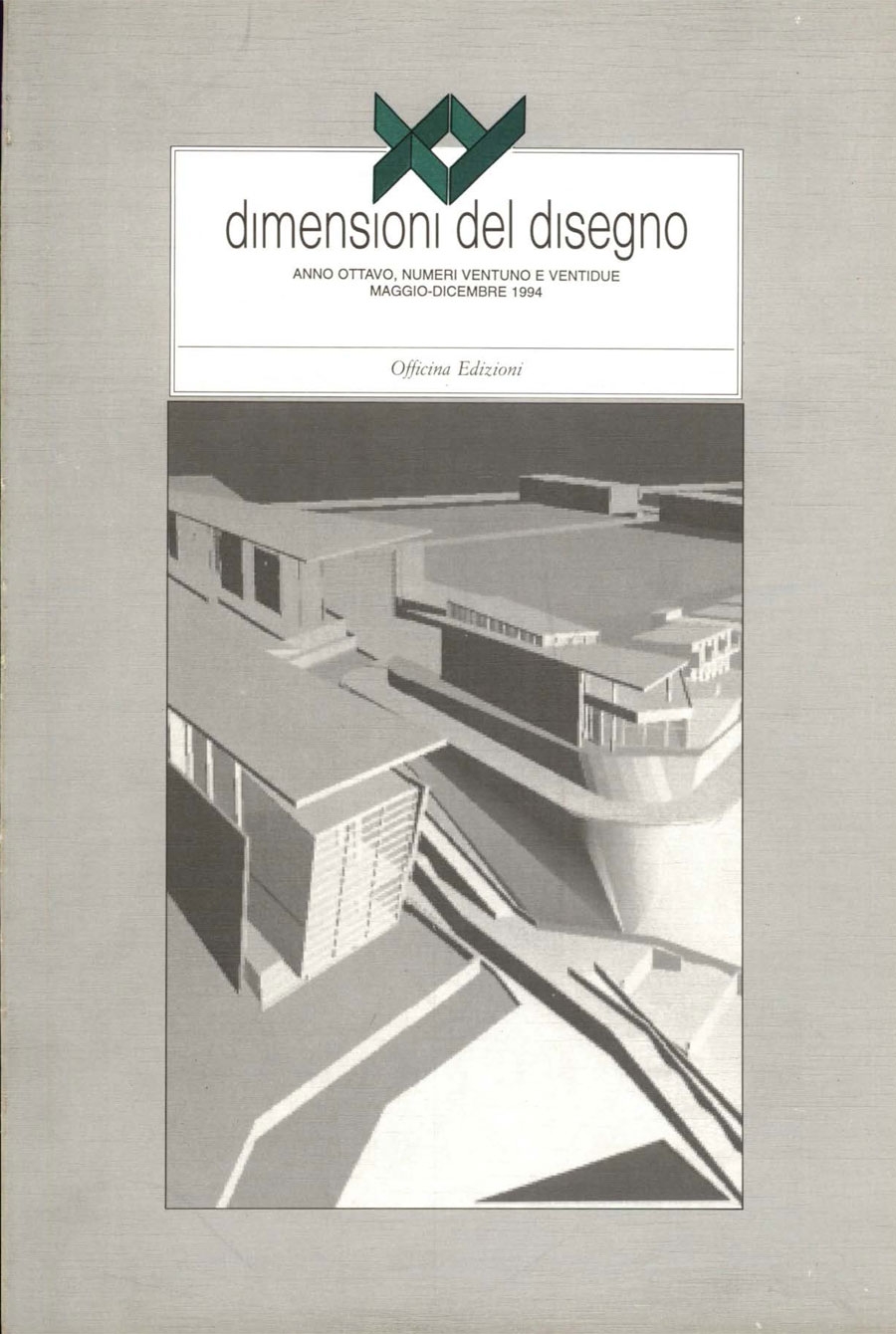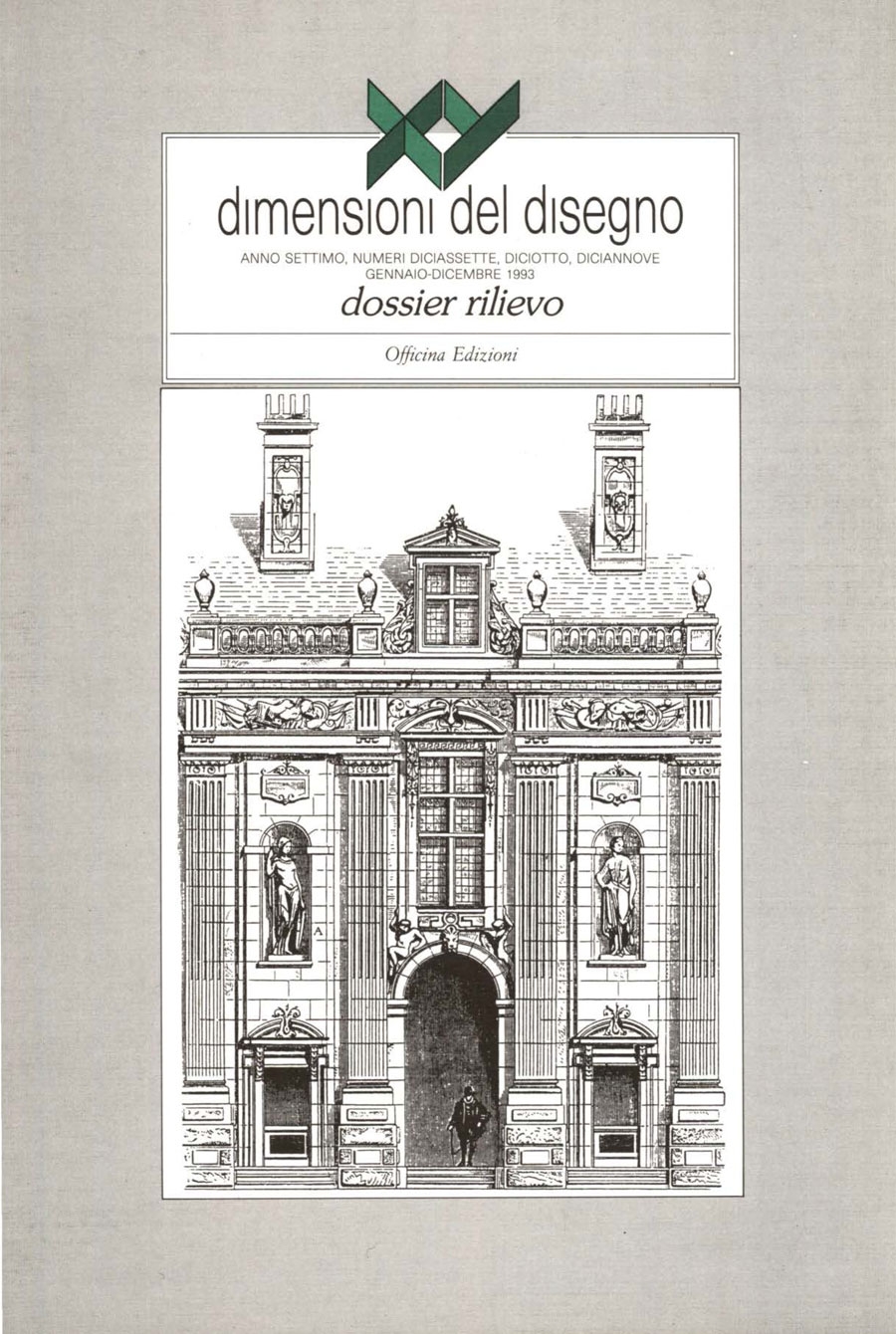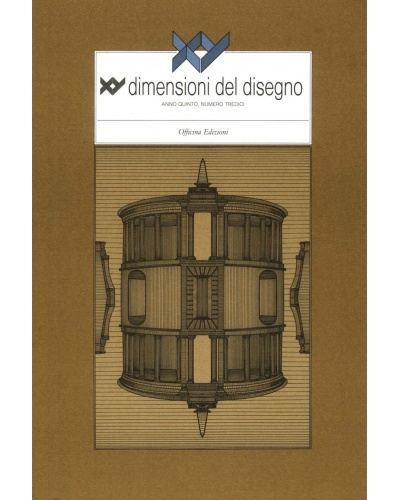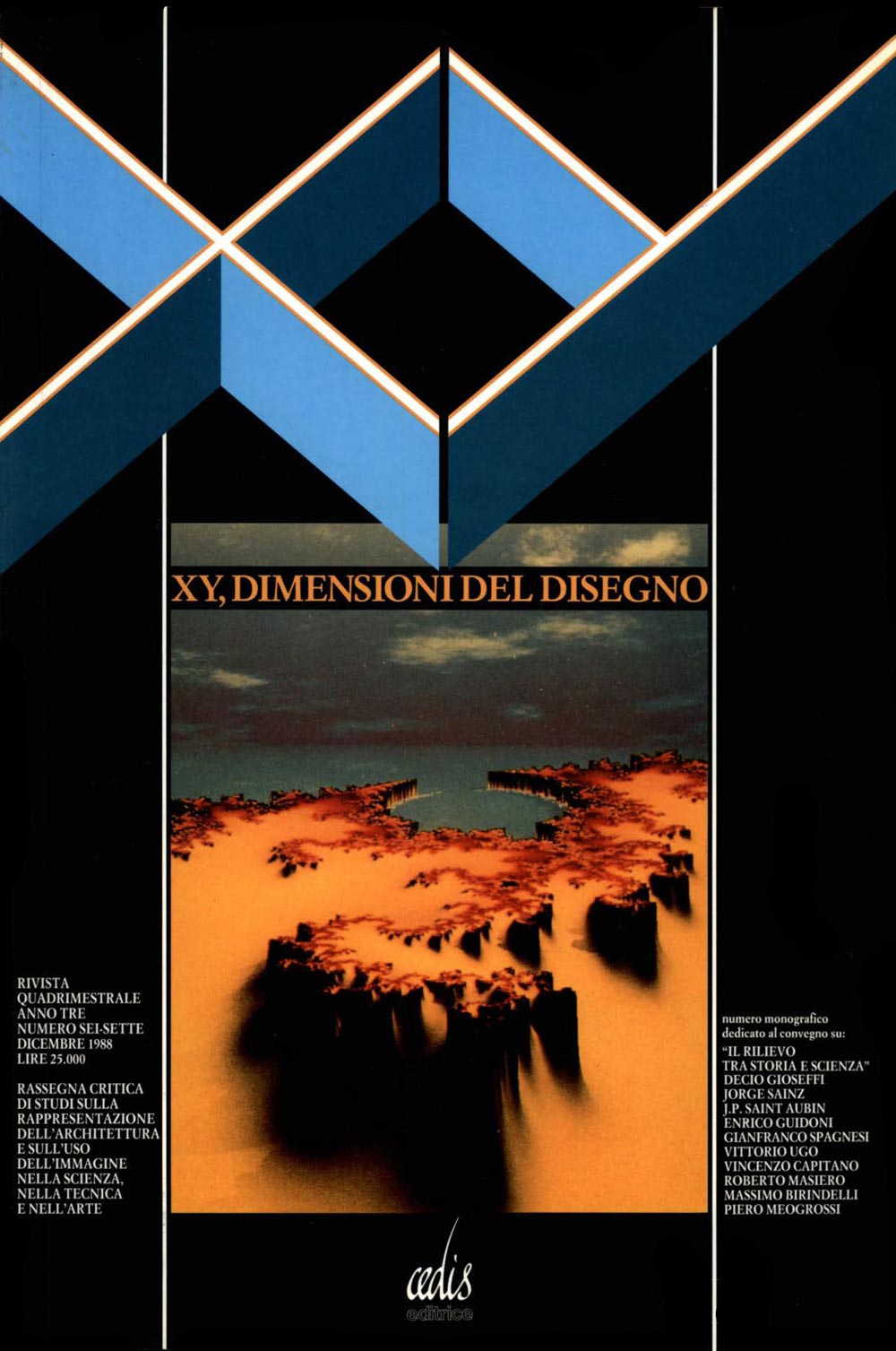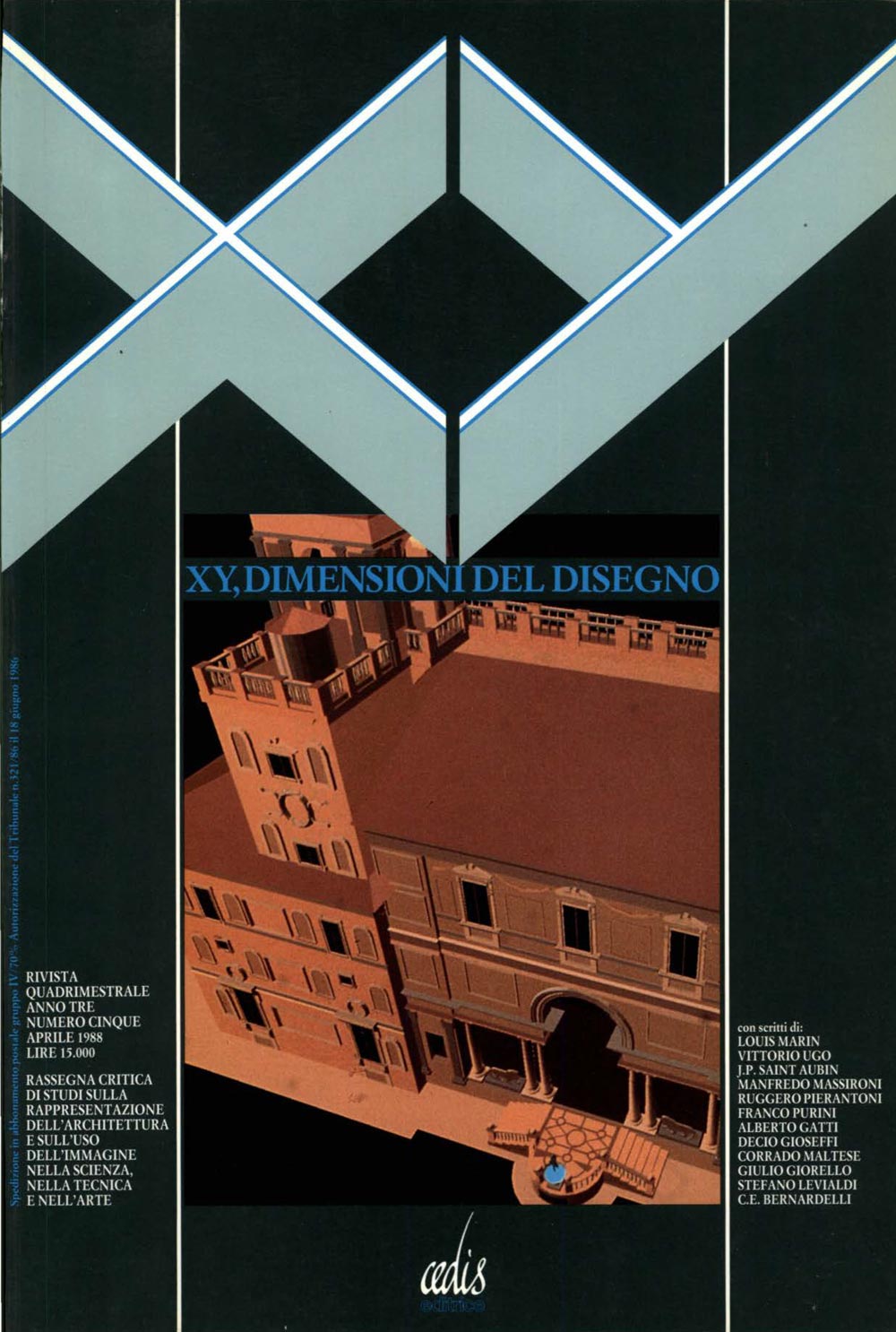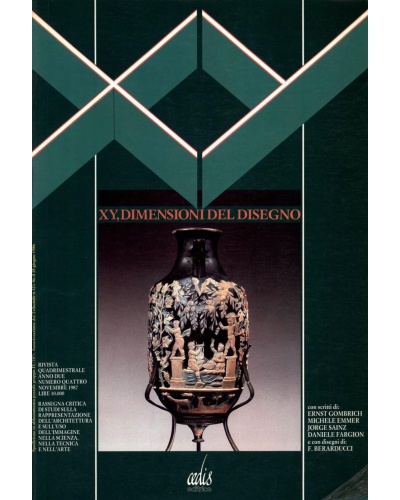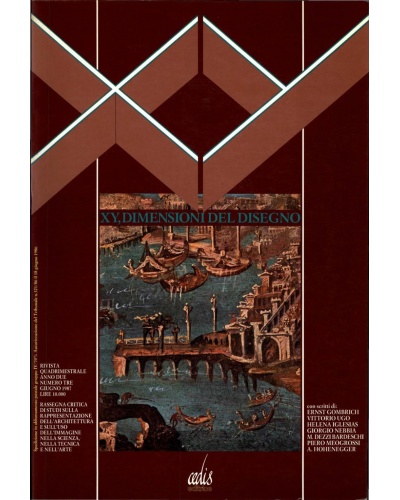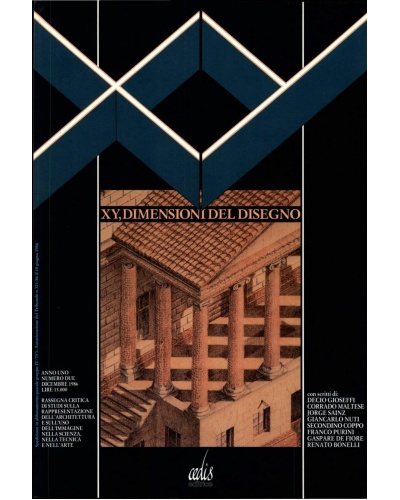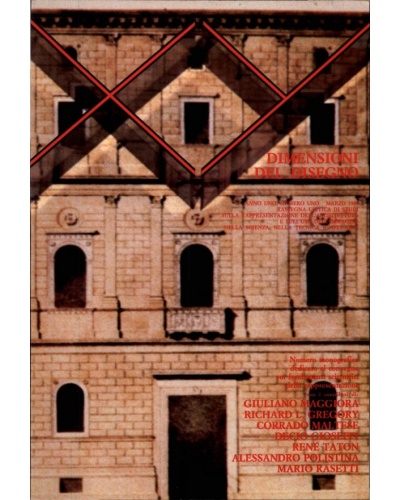The old series 1986-2002

XY dimensioni del disegno was the first journal interested, since 1986, in studies on the representation of architecture and use of the image in science and art.
It ran for a critical review of cross themes about the graphic research and communication in the planning and cognitive field, and very quickly moved towards the avant-garde sectors in the historical, theoretical, experimental and practical field. It was indeed oriented to the in depth analysis of the themes peeking out on the knowledge’s horizon, sometimes well in advance compared to the following diffusion of a general interest.
During almost twenty years, the journal promoted conferences, organized cultural events and fostered researches; the special issues demonstrate its innovative and multidisciplinary range.
- James S. Ackerman presented singular remarks, very interesting from an historical point of view and focusing on new interpretations about Palladio’s architecture.
- Michele Emmer suggested exciting intrusions of the research about space-time fourth dimension into the graphic communication’s logic.
- Decio Gioseffi presented his opinion about the operational origins of Girard Desargues’ perspective theories and their effect on the practical developments of vision modern theories.
- Ernst H. Gombrich dealt with the theme of the illusion in the art and opened this timeless subject towards a new original thought.
- Richard L. Gregory depicted the very ample subject of perceptual illusions and vision boundary in the field of cognitive strategies, visually based.
- Corrado Maltese expressed the fundamentals of a representational language theory referred to the relationship between perception and communication, seeking for the existence of a double joint for the visual image too.
- Louis Pierre Grosbois dealt with the cognitive involvements of perception and representation in the blinds’ world, referring to the orientation in the space and to the well-being study.
- Ruggero Pierantoni investigated the evolutionary processes of the “light” and “lumen” concepts between philosophical and physical reasons, comparing the Euclidean logic to the different epochal assignments of sense.
- Franco Purini opened the urban suburbs spontaneous language to the invention of new planning tendencies, amply developed in the last decades, according to various theoretical and practical lines.
- Lucio Saffaro dealt with the subject of the plane and space geometrical tessellations, linking their mathematical contents to theoretical references and representational applications.

